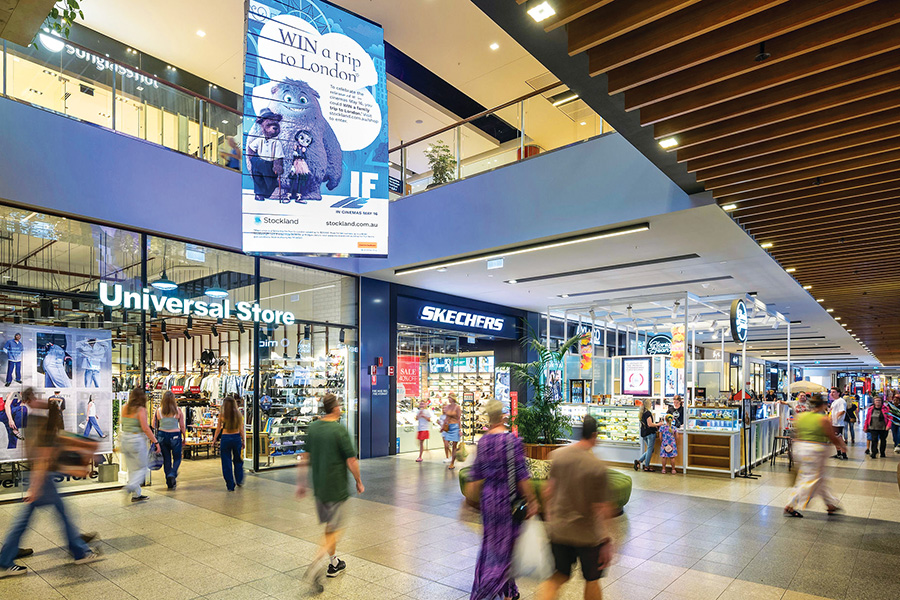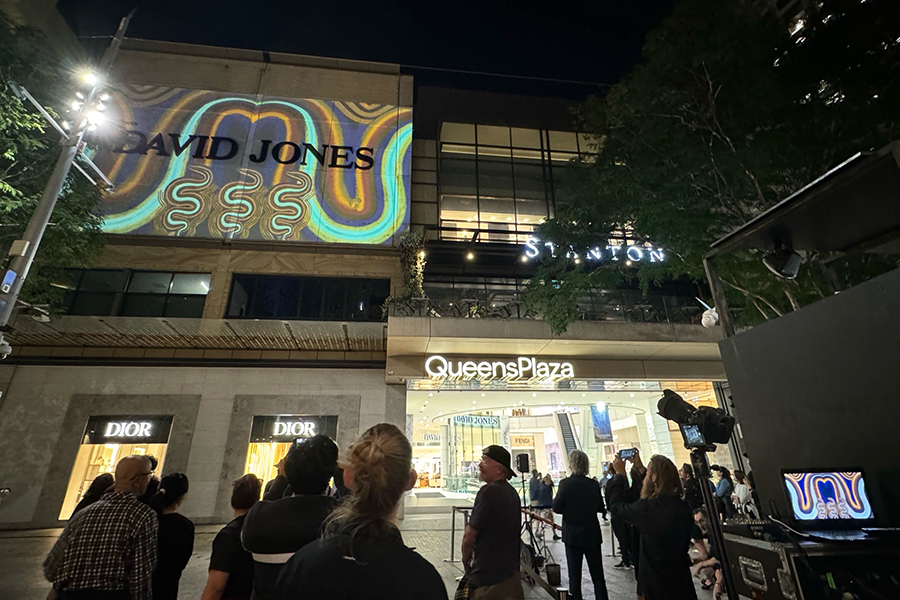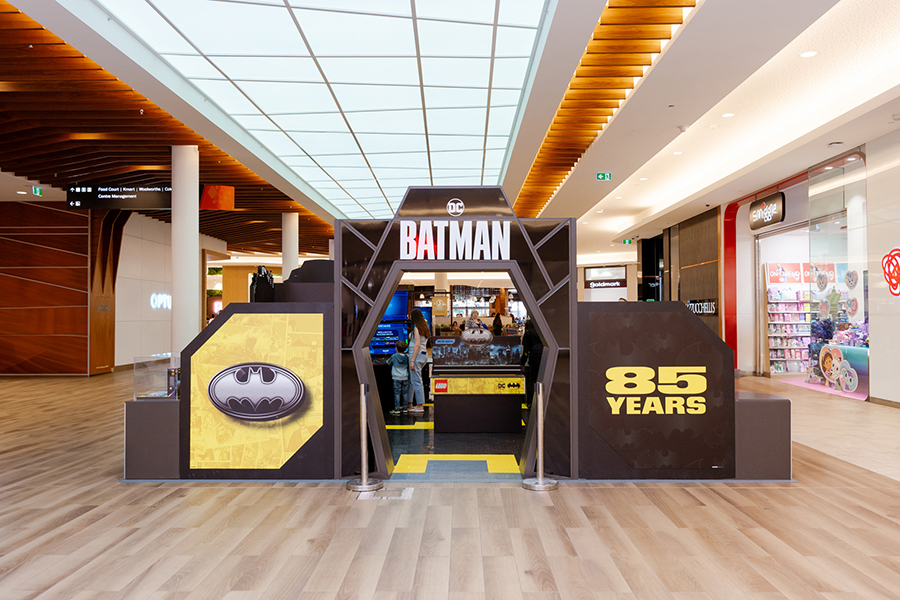For those of us who have spent our careers in the marketing industry, it’s amazing to see the way the industry has changed, particularly over the last five to ten years. One of the most notable changes has been the huge shift in the way brands communicate with customers. Where we once talked at our customers, now we are talking with them. This has been helped along, of course, by the evolution of digital and social platforms that enable a two-way dialogue between brands and consumers. This is quick, inexpensive and doesn’t rely on face-to-face contact such as focus groups that can be expensive and time-consuming.
Once marketers got over the shock of customers actually talking back to them (and the things they said!) the industry adapted fairly quickly, with the advent of reactive marketing strategies that sought to quickly tailor content that would insert brands into water-cooler conversations. The classic example is Oreo’s ‘Dunk in the Dark’ tweet during the 2013 Superbowl blackout that reached millions of consumers around the world.
But now we are starting to see another shift away from this, towards the idea of creating an emotional connection with customers. As consumer trends and insights newsletter TrendWatching recently put it: “In 2015, consumers will have had enough of ‘engaging’ with increasingly desperate ‘real-time marketing’ from wannabe human brands. Instead, savvy consumers will acknowledge and respond to brands that go beyond puns and fast-Photoshopped memes, and take action that demonstrates genuine generosity, sympathy, and commitment to deeply held human values.”
Essentially, this idea is about ensuring that your marketing strategy has purpose and appeal to consumers on an emotional level. The modern consumer looks to brands to solve the world’s problems, so marketers need to prove to their customers that they understand their problems and are finding ways to solve them. According to a recent Mori study, emotionally engaged customers are at least three times more likely to recommend a product, are three times more likely to re-purchase and are much less likely to shop around.
At AMP Capital Shopping Centres, we are uniquely positioned to effectively execute purpose marketing, given our centres have such a vital role in their local communities and are meeting places and hubs for activities beyond just shopping. It’s important for our industry to move past just sales campaigns, and towards campaigns that show we understand the human needs of the communities in which we operate. These emotionally driven campaigns instil loyalty, and make our sales campaigns work harder for us.
It’s relatively easy for brands to target customers on an emotional level through innovative partnerships that don’t necessarily need to be expensive or overly time intensive.
Earlier this year, Macquarie Centre in Sydney took a more ‘sheepish’ angle, becoming the shopping centre partner of the Australian Wool Innovation’s ‘I Wool If You Wool’ campaign that was designed to promote the benefits and versatility of wool by highlighting Australian fashion designers that use wool in their collections. This elevated approach to wool, which aligned perfectly with the strong range of Australian fashion retailers at Macquarie Centre, created a human connection with Australian wool farmers, and helped generate awareness of the importance of the wool industry among thousands of shoppers.
The campaign was activated in-centre, with a beautiful wool-inspired art installation and a 3m x 5m sculpture of wool created by Australian architecture and design company Red Blue. In addition, 40 woolly sheep sculptures were placed throughout the centre, linking back to the campaign. Retailers also got involved by creating their own wool installations in their storefront windows that celebrated the campaign.
Launched just prior to the start of winter, the partnership also aimed to stimulate sales growth for the Australian designers and premium fashion retailers at Macquarie Centre. Not only did the month-long campaign help educate the thousands of customers that come through the centre each week about the eco-credentials of wool, but it helped increase the sale of wool products within the centre.
We also encourage our centres to get involved in their communities and, wherever possible, help provide products or services that help to meet a common need in the community. One of our centres, Bayfair Shopping Centre, located in the beautiful Bay of Plenty in New Zealand, recently became the first shopping centre in the country to undergo Be.Accessible’s Accessibility Assessment, and secure a silver rating.
Current market research indicates that almost 24% of the population in the local area lives with a disability, with a large number of seniors and an ageing population in the main trade area. If you include those with access needs, such as people with vision impairments, a limited range of movement or learning difficulties, the number grows even higher. In fact, it’s fairly likely that all of us will have access needs at some point in our lives so, for most communities, accessibility is an issue. In order to further engage this growing group of customers, it’s important that we make access to our centres as easy as possible, so they are able to enjoy and connect with our services and facilities, which ultimately grows market share and helps create customer loyalty.
Bayfair improved their accessibility by changing their in-centre information and marketing collateral to cater for a range of needs, such as using braille signage, adding an accessibility page to their website, and making sure that all printed materials use a minimum of 12-point font so it is easier to read for children, seniors, those with a visual, intellectual impairment or non-native English speakers.
Nostalgia – or tapping into the consumer’s memory – can be a very effective way to create an emotional connection. One of the great things about working in this industry is that so many people have such fond memories of their local shopping centre during their childhood. So often, when I tell people I work for AMPCSC and mention Pacific Fair, I am met with choruses of “When I was on holidays on the Gold Coast…” I think I’ve heard it all, from fun adventures to elaborate shopping trips, and even first kisses!
Pacific Fair has to be one of the most iconic shopping centres in Australia, situated in Broadbeach on the Gold Coast, but it has to be said that, by the time the current redevelopment rolled around, it was in much need of a makeover. The centre needed to say goodbye to its much-loved and highly recognisable logo, and introduce a fresh new brand that would carry it through a $670-million redevelopment. For the visitors and locals who have been shopping at the centre since 1977, the centre is a Gold Coast icon so, as a way of saying thank you to its thousands of loyal shoppers, Pacific Fair invited customers to be a part of the transition through partnerships with Griffith University and the Gold Coast Historical Society.
Students at Griffith University were invited to produce an inspiring video, featuring interviews with customers as they shared their fondest memories of Pacific Fair, while the Gold Coast Historical Society activated a number of interactive displays throughout the centre, highlighting key moments and events from over the years. These displays encouraged visitors to the centre to reminisce over their favourite memories and share them on social media. The marketing team also introduced a unique gift with purchase, and nostalgic reminders placed throughout the centre which made the campaign a success with the local community.
There are also some fantastic examples from overseas that highlight how impactful campaigns that connect with consumers on an emotional level can be. One fantastic example is the This Girl Can campaign from Sports England, which was responding to the finding that a large number of women in the UK were avoiding exercise because of fear of being judged. The campaign launched with a series of videos and still images that showed women of all shapes and sizes exercising, sweating up a storm and having a great time. The message was that if this girl can, then anyone can, and showed that the brand understood women’s fears. The campaign resonated with women all over the world, and was shared millions of times.
Another one of my favourite examples is from not-for-profit company Fashion Revolution, with their ‘The 2 Euro T-Shirt’ campaign, which was really a social experiment, challenging people to reconsider how they shop for their clothes. It took place in Berlin, where they set up a vending machine offering passers-by T-shirts for only €2. However, before they could purchase, customers were shown a video of the working conditions for the factory workers that had made the T-shirt, and other fast-fashion items like it, ending with a prompt to either go ahead and buy the T-shirt, or donate €2 to the cause. 90% of people chose to donate rather than buy the T-shirt, and a video about the campaign was shared around the world. International celebrities like Ashton Kutcher posted about the campaign, leading to major brands like H&M and Zara responding, and starting conversations with Fashion Revolution. The main message really is that, by creating campaigns that have a purpose and focus on what our customers care about, and what matters to them, our chances of creating an emotional connection and fostering a relationship with them is greatly increased. After all, the best way to make people care about your brand is to prove that your brand cares about them. SCN




















